I’ve previously brewed made wine at home, a Chardonnay, however none of my friends were brave enough to drink it (even though it was delicious!). Not such a problem, right? More for me, but despite my best efforts I could hardly make a dent in the 9 litres of questionable ‘Chateau Del Stratford’.
So of course, the next logical step is to try brewing beer, and completely enticed by this idea, I decided to give it a go.
The Kit
Since I don’t know anything about making my own beer, starting with a kit seemed like a sensible thing to do.

I purchased an Everyday IPA kit ($50) from brooklynbrewshop.com , they also do a ton of other beers including some from Brewdog like Punk IPA.
Full instructions can be found here .
The Process
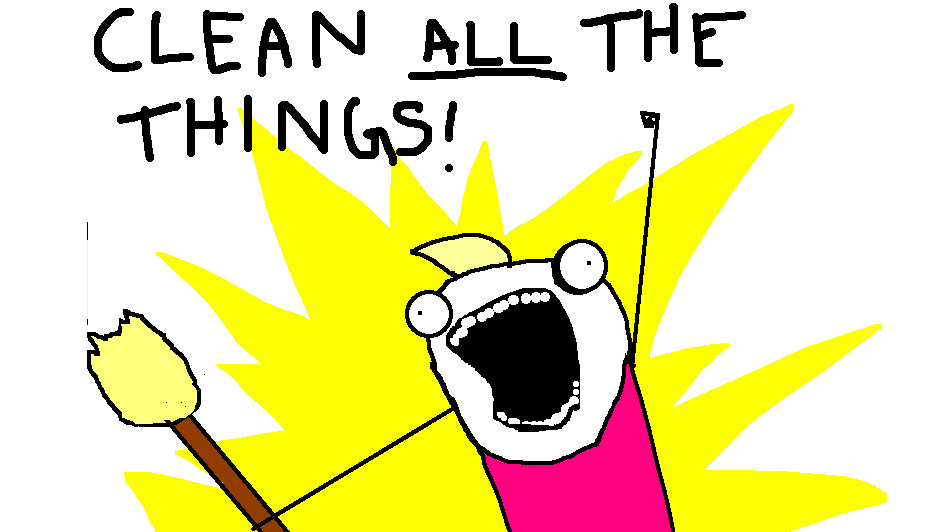
^ This guy has brewed beer.
Prepare. Its important to sanitise everything before you start, to prevent any microbial spoilage in your beer. Spend a little extra time to be sure, clean your working environment, create some space, rinse and air dry everything you’ll be using.
Perhaps the most surprising part of the process is how much liquid you’ll be moving around in the various stages. This means you are going to need some big pots capable of holding up to 6 litres of liquid overall, and nearly the same again for movement.
The Mash. Mashing is the process of mixing the grain with water, applying heat, and breaking down the starch into sugars. Essentially you are extracting the colour and flavour from the grain.
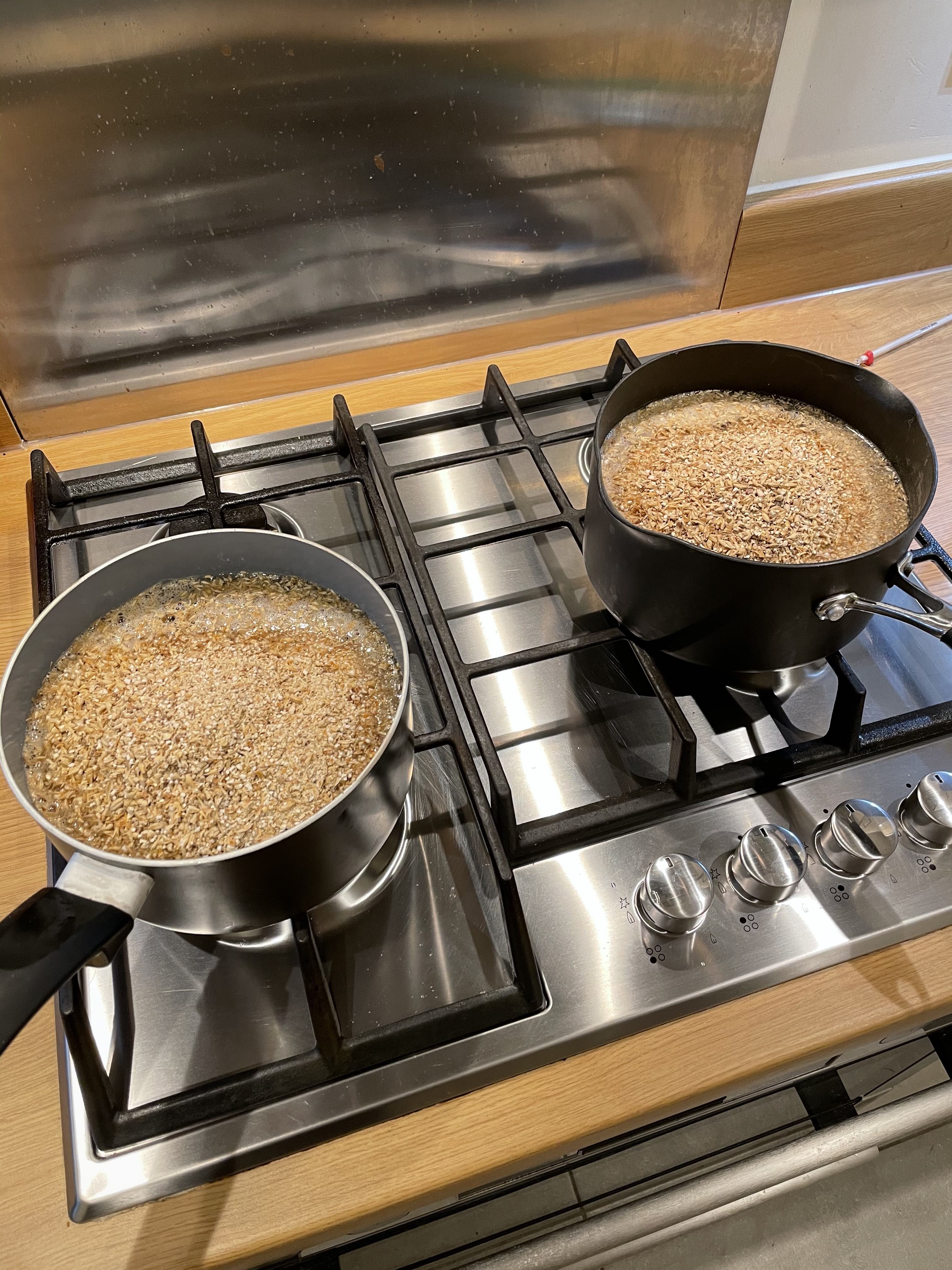
Be careful to keep the temperature right throughout, starting at 160°F (71°C) then reducing to 144-152°F (63-68°C) for the next hour before bringing back to 170°F (77°C) during the “Mashing Out”.
The instructions can be overwhelming, write down the key bits of info ahead of time, like the required temperature changes
The Sparge. This steps involves pouring hot water over the mixture you produced in the Mash to draw out the wort. Side note: If anyone knows where these names like Sparge and Wort originated from I would certainly be interested to know. 🤔
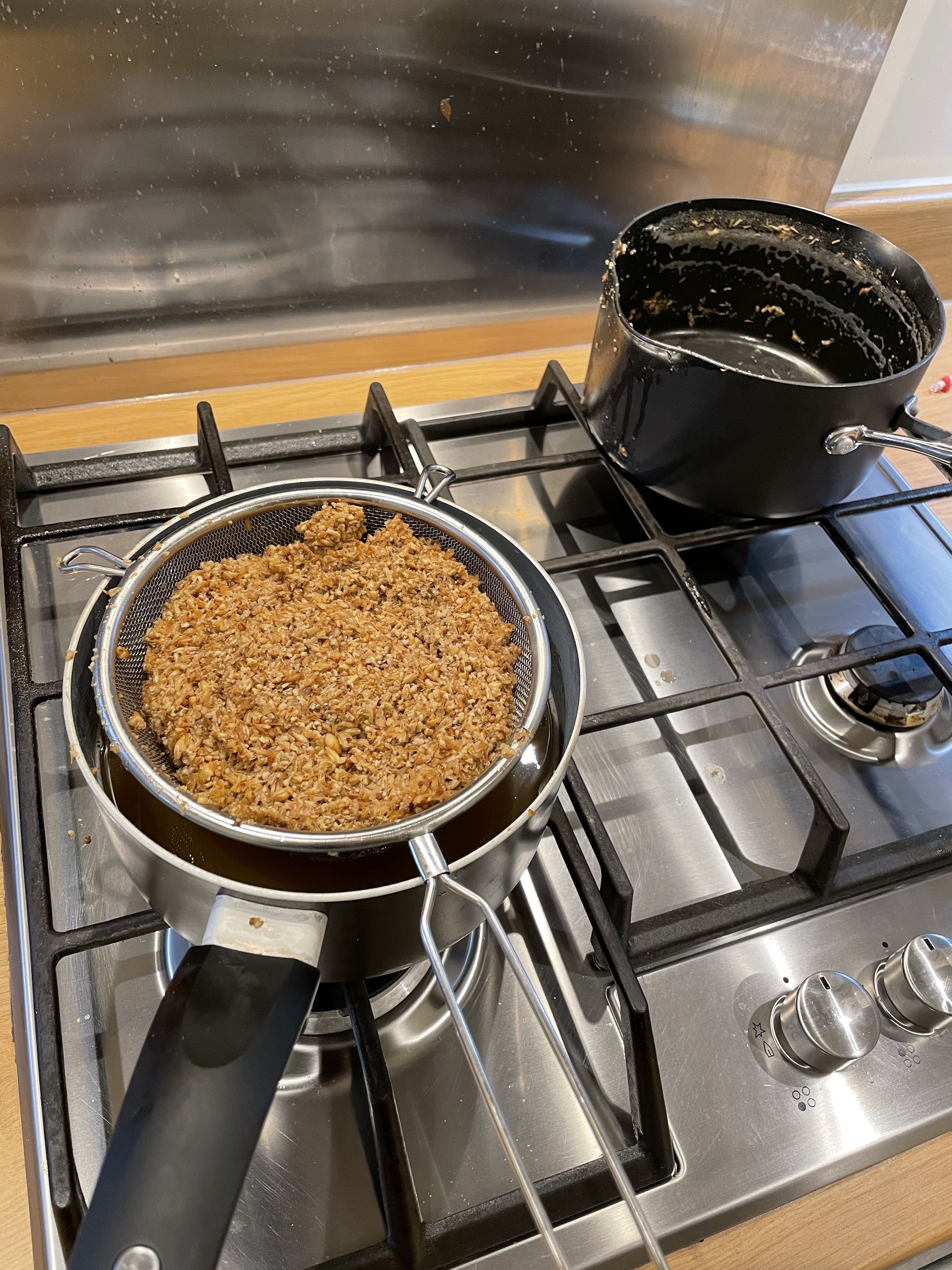
The Boil. Unlike the previous steps, this one is actually fairly self explanatory. Now you have the wort, you develop its flavours by cooking at a lower temperature and adding aromatics like hops or spices.
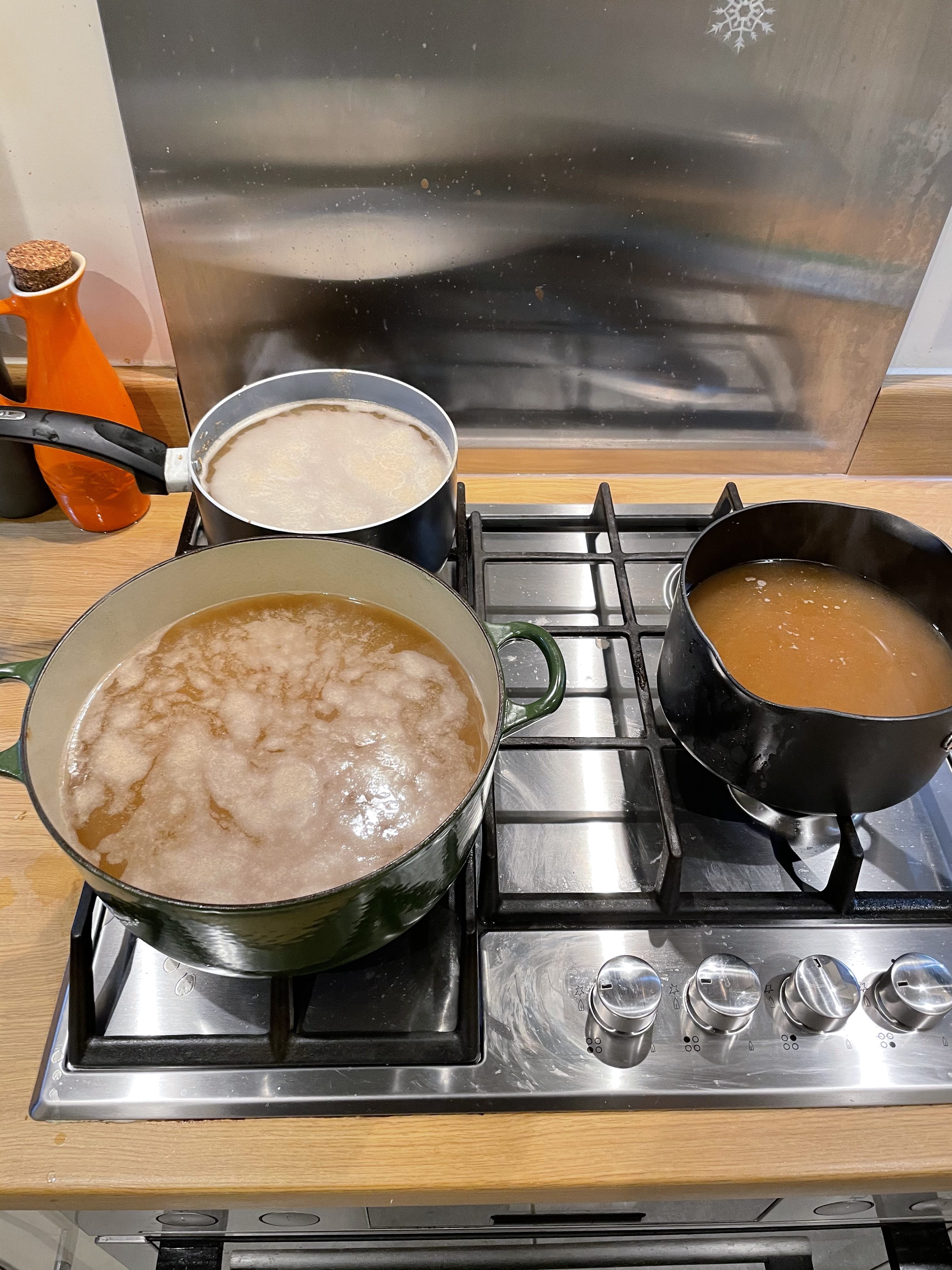
If your house or apartment doesn’t already smell like a brewery, it will do after this step. It takes a while to ‘cook’, 60 minutes, you want to add the hops at set times during this, according to the instructions. Set yourself a timer and you’ll breeze through it.
Fermentation. During fermentation the beer actually becomes alcoholic, thanks to the ale yeast turning sugar into alcohol. You’ll cool down your mixture, add yeast, and then leave it for some time to do its job.
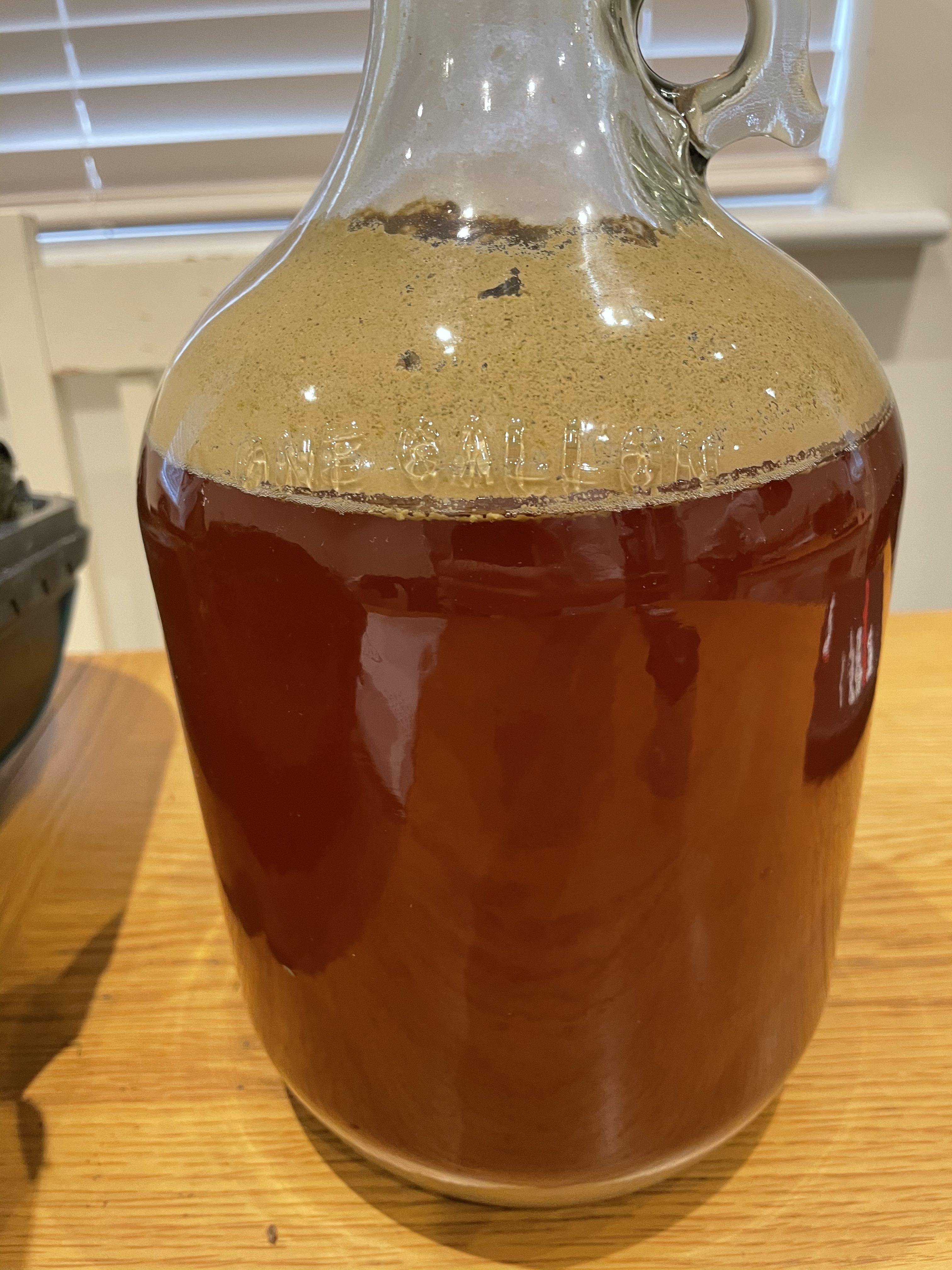
It’s important to find a cool dark place while it ferments. The sun’s UV rays can interfere with the progress (see skunked beer, the opposite of delicious).
Bottling. Sounds simple, moving the beer into bottles for the final two weeks of carbonation, where the beers get its bubbles. But this step is hard because siphoning happens extremely fast. Don’t be like me and head straight into it without practicing, or you may end up with more beer on the floor than is desirable.
I highly recommend buying swing top bottles, reusable and no need for a specialised bottle capper. They’re fairly cheap online.
The Result
It’s time to cross your fingers and try some of your much anticipated beer! If you’ve (mostly) followed the steps correctly you should have some great tasting beer on your hands 🙌. Remember to put a bottle in the fridge the day before drinking it, so its nice and cold.

I’m not sure if it was the long wait or if I genuinely did a good job, but that first drop of cold home brew tasted great.
There was definitely some variance in the level of carbonation between the bottles I made, sometime the cap would fly off but other times there was only a barely noticeable escape of gas.
Overall, I was very impressed with the kit and the process. It’s a lot of hard work for a few bottles of beer, but totally worth it in the end. GIve it a go and let me know how you get on. 🍺
This project was inspired by a work colleague who had been gifted a beer brewing kit over Christmas. If you’re reading this, Blake, I hope you follow up with your grander plans for a microbrewery!